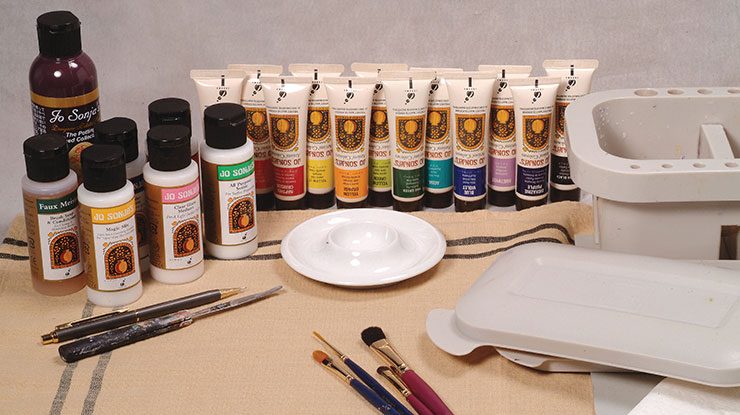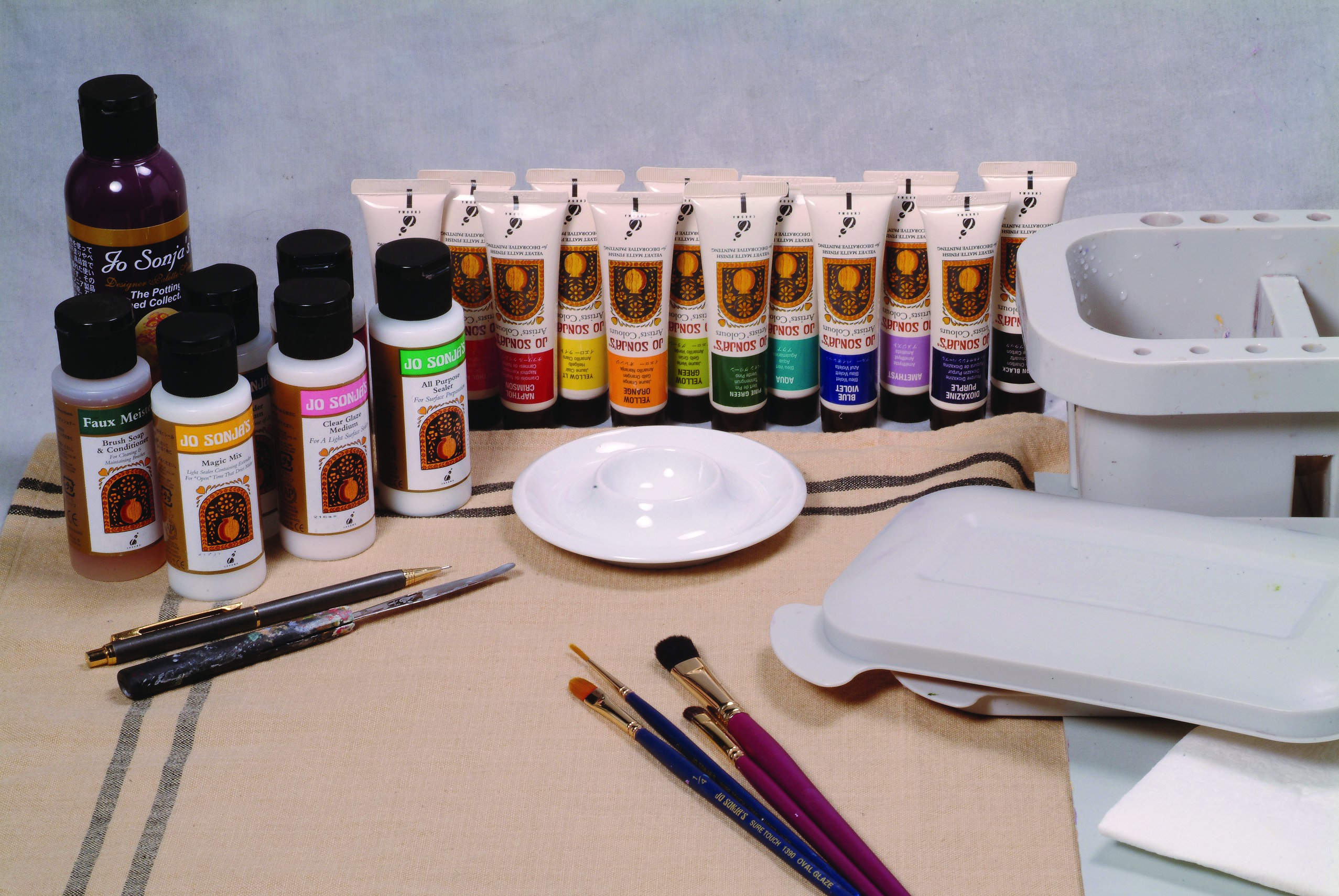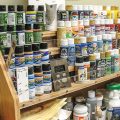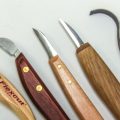Accessories to help you paint successfully
by Vicki Rhodes
Everyone knows that you need paint and paintbrushes to paint. However, there are a variety of other useful items to make the experience more efficient and enjoyable. The following items are the ones I find most beneficial. Once you have have all your paint supplies ready, try them out while painting a miniature scarecrow ornament.
Brush SoapBrushes should be cleaned well with a good quality soap when you finish painting. While painting, rinse the brushes in water and occasionally dip into an extender such as Jo Sonja’s Retarder to keep the paint from drying in the bristles until you have time to clean them. |
Containers for WaterYou’ll need two water containers; one to rinse the paint from your brush and the other to pick up water as you paint. Dirty water will change the color of your paint, so keep this container clean. A useful addition to your painting supplies is a brush basin that is divided into two sections with ridges in the bottom. Gently stroke brushes across the ridges to get all of the paint out. |
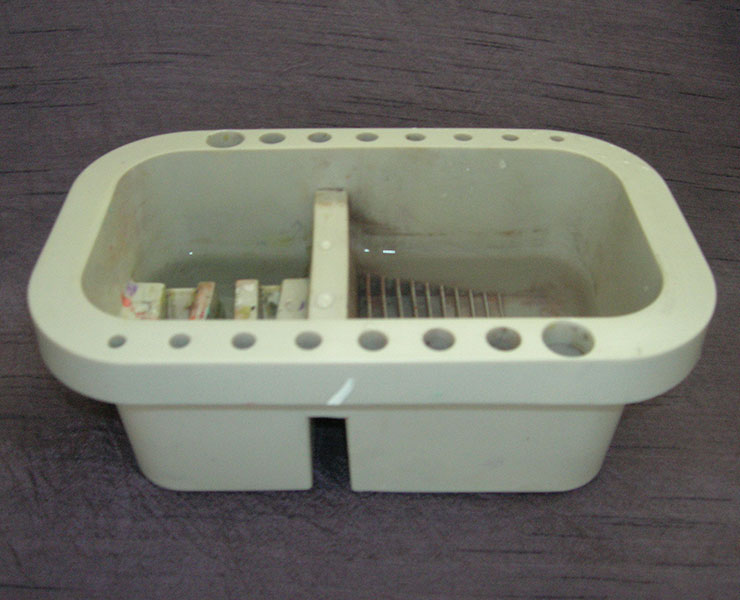 |
Containers for Mediums, Such as Flow Medium and Clear Glaze MediumYou will need at least two small containers to hold mediums. These can be anything from the cap for a bottle to small candle cups or eggcups. |
Disposable Acrylic Palette PaperPaper palettes are available in pads. These are needed for color mixing and dry palette blending. Make sure the paper you select has one slick side. Pads of palette paper listed for use of both acrylic and oils, which do not have the slick side, may absorb the moisture from acrylic paint too quickly. |
Distilled Water in a Squeeze BottleUse distilled water if storing your palette of colors in a closed container for any length of time. Some tap water contains mold that may grow and contaminate the paint. |
Palette KnifeA plastic, bent-blade palette knife is great for mixing colors and mediums. They’re inexpensive and easy to clean. |
Paper TowelsUse inexpensive paper towels to set up your wet palette. Thick paper towels may be used for wiping your brush when painting. Fold them into quarters to save space in your work area. |
Pencil and Pencil SharpenerA #2HB pencil is the easiest to find. Your pencil may be used for drawing or making notes in your sketchbook. The pencil sharpener will also be used to sharpen soapstone (see below). |
SandpaperSmall pieces of various grits of sandpaper are used both for surface preparation and painting. Medium- or light-colored sandpaper will not lose its color on the background. Fingernail files, which are available in a variety of grades, are excellent for hard to reach places. |
Sketchbook or JournalA spiral bound sketchbook or a small journal should be kept for gathering inspiration, color samples, and notes. Glue a mylar pocket from an office supply store to the back to hold small things |
SoapstoneSoapstone or plumber’s chalk comes in a stick. It is available at hardware stores in the plumbing supplies. Sharpen the soapstone with a pencil sharpener as needed. This is used to sketch onto the surface of carvings because the lines are easily removed. |
Towel for Work AreaAn old towel or cloth protects the work surface and provides a cushion for your project. |
Wet PaletteA wet palette is used for paint storage and may be set up using any shallow container. A wet palette may be as simple as a paper plate or a foam meat tray. An airtight container for food storage will keep paint workable for several days or weeks. Lay a damp paper towel on top of your palette, and apply the paint on top of the paper towel. |
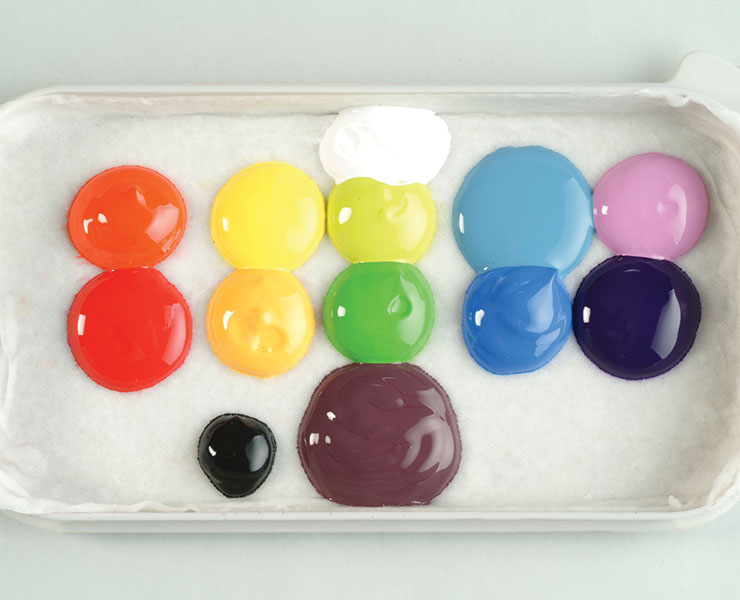 |
| About the Author |
|
Vicki Rhodes has authored books and numerous magazine articles. |
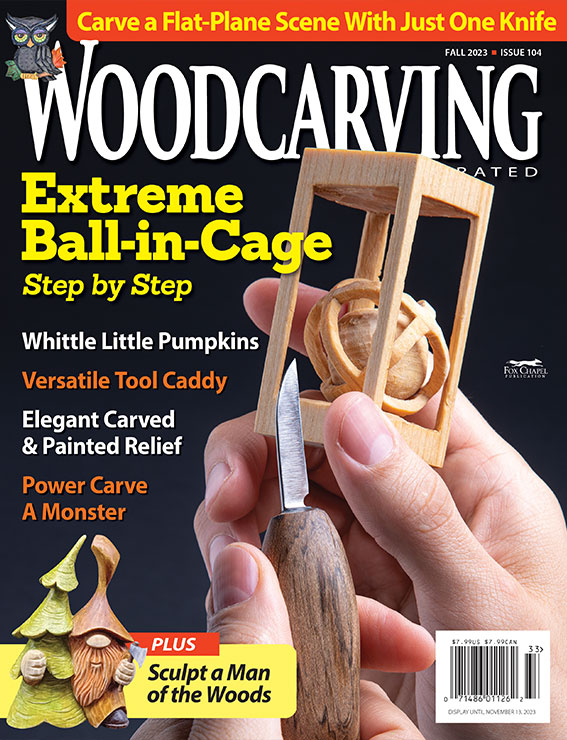 |
Get the Fall 2023 Issue Purchase the IssueFor more articles like this, subscribe to Woodcarving Illustrated magazine. Magazine SubscriptionPlus! Get digital mini magazines in your e-mail between printed issues.
|


